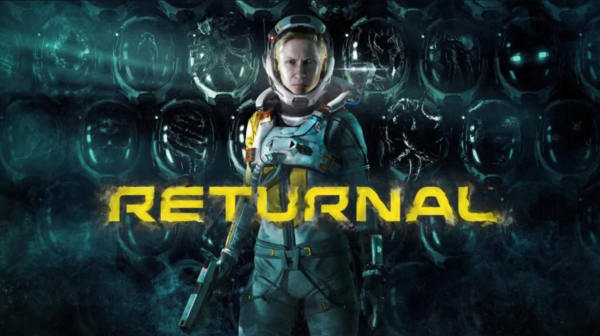According to NVIDIA, Returnal’s PC version received a 500MB patch yesterday that adds NVIDIA DLSS 3 and Reflex support and fixed the Nemesis boss fight glitch in co-op.
NVIDIA DLSS 3, often known as Frame Generation, is the most significant update. Returnal, a bullet-hell, fast-paced third-person shooter, and roguelike in a science fiction/horror setting, launched on February 15th for PC after impressing fans (and publisher Sony, which acquired developer Housemarque) on PlayStation 5 since April 2021.
As mentioned in the day one article, Returnal (ported on PC by Climax Studios) seemed to check all the right boxes on the platform: NVIDIA DLSS 2/AMD FSR 2 support, Ultrawide and Super-Ultrawide display support, full support for the DualSense controller’s features, Dolby Atmos support, HDR display support, ray traced reflections and shadows, FoV slider, in-game frame rate cap, an extremely detailed built-in benchmark tool, and a plethora of tweakable settings.

Stuttering and hitching during traversal and fighting hurt performance even on high-end PCs.
A peaceful, engrossing RPG may have worked. Returnal, one of the hardest triple-A games, requires precise dodging and shooting to prevent resuming after death.

It was a terrible launch experience that made me and many PC gamers wait to play Returnal. Luckily, Housemarque and Climax released patches to fix the stuttering, the last of which was last week. DLSS 3 boosts GeForce RTX 40 Series owners. I tested with the built-in benchmark. The benchmark only displays the ‘nominal FPS’ (the total FPS including DLSS 3 frames) during the test, not on the recap screen. I used CapFrameX to record frame rate data.
As shown in the image above, my PC (i7-12700KF, RTX 4090, 16GB DDR4) improved by 30FPS at 4K resolution with DLSS Super Resolution set on Quality and everything else on max, including ray tracing.
The 1% percentile gained 29 FPS, the 0.2% gained 32.6 FPS, and the average gained 28.3 FPS.
DLSS 3 improved 24%, 34.77%, and 48.29%, with the lower end benefiting most. Returnal, unlike most Frame Generation games, does not lock Reflex to its basic setting in DLSS 3. The user can activate Boost to feed (and use) additional power to the GPU to keep clocks high even in CPU-bound conditions, minimizing latency.
How’s it playing now? After 30 minutes, it’s smooth. Returnal is now stutter-free, which is great news for PC skeptics. I’m reversing my advice from launch—if you’re interested in the premise, there’s no reason to wait to play this great game.

